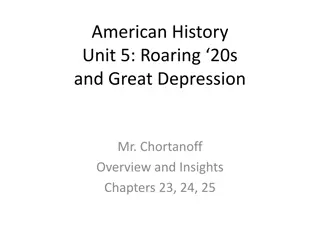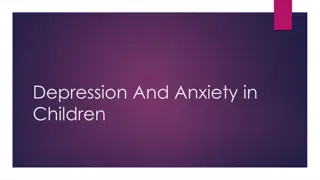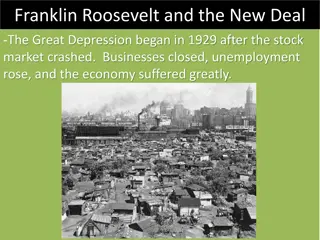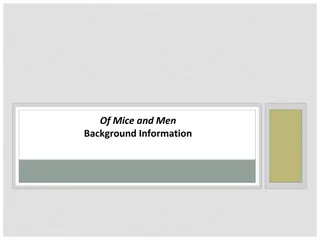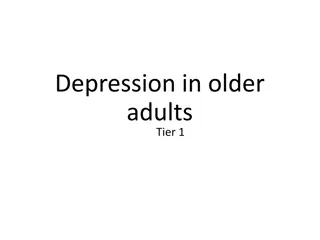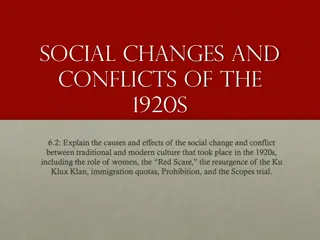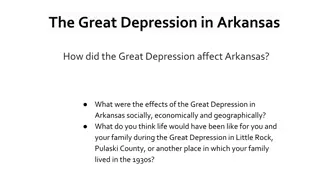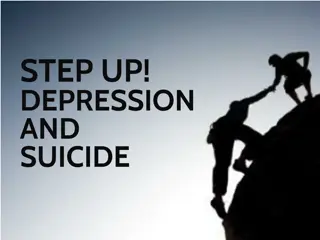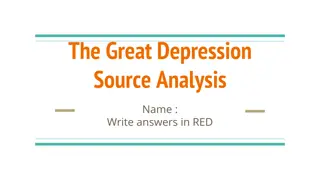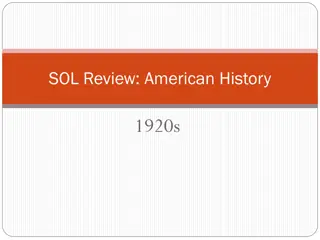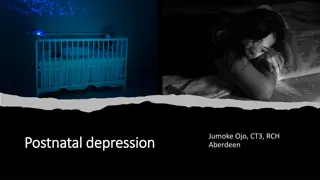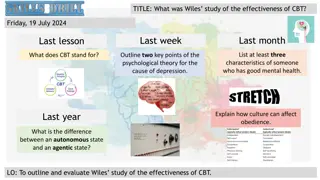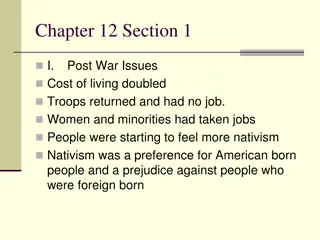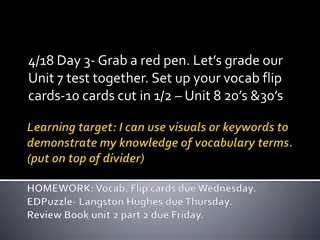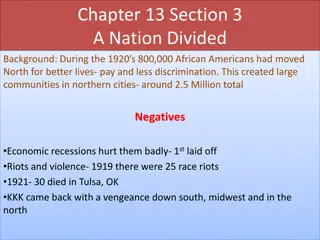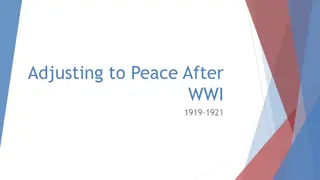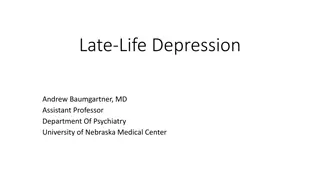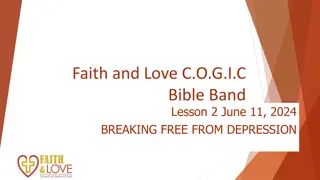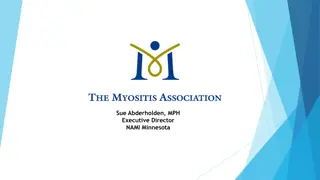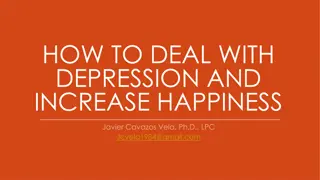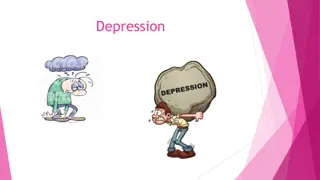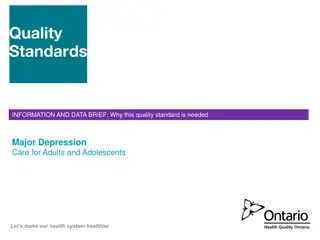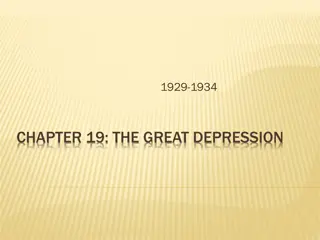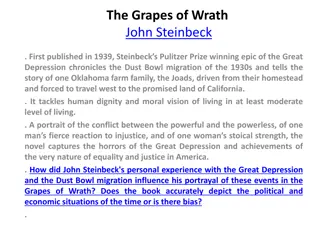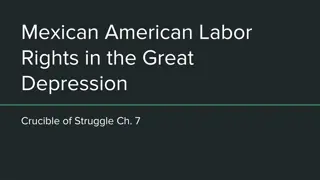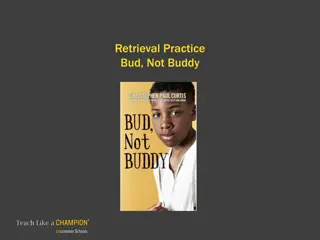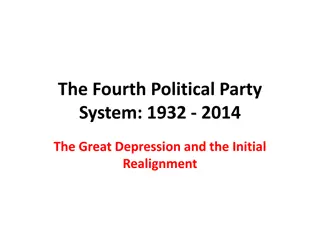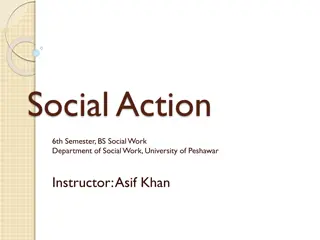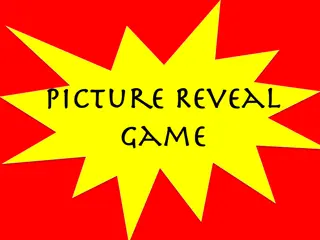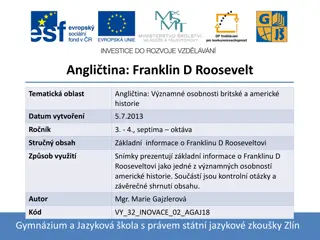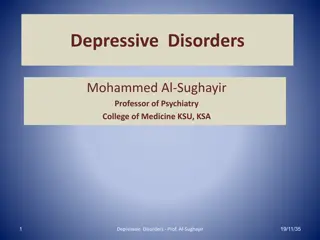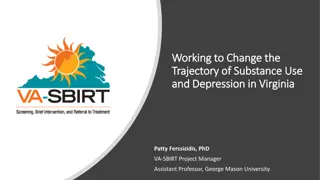Overview of 1920s: Great Depression, New Deal, and Social Changes
Explore the significant events and themes of the 1920s, including the impact of the Great Depression, the New Deal policies, social movements such as the Harlem Renaissance and the Red Scare, and key figures like Hoover and FDR. Learn about the causes and effects of the era's economic turmoil, cultural shifts, and political responses that shaped American society.
Uploaded on Sep 23, 2024 | 0 Views
Download Presentation

Please find below an Image/Link to download the presentation.
The content on the website is provided AS IS for your information and personal use only. It may not be sold, licensed, or shared on other websites without obtaining consent from the author. Download presentation by click this link. If you encounter any issues during the download, it is possible that the publisher has removed the file from their server.
E N D
Presentation Transcript
Unit III District Exam Items The 1920 s, Great Depression, New Deal Name: Great Depression Causes Effects Dust Bowl Hoover s response to the Depression Philosophy Tariffs New Deal Philosophy Key programs (AAA, FDIC, Social Legacy Criticisms of the New Deal Red Scare Great Migration Harlem Renaissance Scopes Trial Role of women Reemergence of the KKK Mass Media Superficial wealth Security) Friday, 2/7
Chapter 12 Red Scare communism radicals Palmer raids hysteria ACLU isolationism (isolationist) immigration limits Ku Klux Klan Strikes: Boston Police Steel Coal Miners AFL cars (automobile culture, suburbs, etc.) airplanes electricity advertising (radio) consumer debt (credit) income differences (workers vs. management) Harding (normalcy vs. scandals) Coolidge ( roaring 1920s) OTHER:
Chapter 13 urbanization 18th Amendment Prohibition: bootleggers speakeasies Christian fundamentalism Scopes trial (1920) 19th amendment flappers women workers-->marriage/family discrimination mass media (radio, movies, newspapers) leisure time (sports, movies, music, drama, literature, etc.) Great Migration Harlem Renaissance NAACP (W.E.B. DuBois) Marcus Garvey OTHER:
Chapter 14 Great Depression failing industries farming problems tariffs bank failures unemployment overproduction/underconsumption stock market buying on margin (speculation) Black Tuesday Dust Bowl Hoover Hoovervilles effects/impact of G.D. Reconstruction Finance Corporation (RFC) Bonus Army OTHER:
Chapter 15 FDR New Deal (First & Second) NIRA (NRA) AAA CCC WPA fireside chats Social Security FDIC Tennessee Valley Authority women & minorities under the New Deal New Deal coalition? union membership (AFL-CIO) conservatives liberals OTHER:
Chapter 12-15 Test Items Tuesday, 2/11 long-lasting New Deal programs: social security & Tennessee valley authority mass media (types) New Woman (flappers 19th amendment) Red Scare & communism Scopes Trial shantytowns (Hoovervilles) speakeasies & bootleggers Teapot Dome Scandal & Alfred B. Fall Great Depression: number of bank closures cities unemployment rates View of the New Deal by: conservatives and the Supreme Court Congress and the majority of Americans New Deal Coalition women & minorities New Deal effects on: unemployment rate size & power of the federal government labor unions natural environment retirees over age 65, unemployed or injured workers, and people with disabilities 18th Amendment & effects of Prohibition airplanes and automobiles anarchists, radicals (Sacco & Vanzetti) Black Tuesday Bonus Army & the Patman Bill Boulder Dam, Reconstruction Finance Corporation (RFC), & Federal Home Loan Bank Act Calvin Coolidge civil rights vs. support from southern whites conservative vs. liberal ideology direct relief double standard Dust Bowl Eleanor Roosevelt Emergency Quota Act 1921 & 1924 FDR s first important step as president fireside chats fundamentalism Glass-Steagall Act (1933) goals of the New Deal (3) Great Migration Harlem Renaissance Herbert Hoover installment plan & easy credit isolationism Ku Klux Klan


